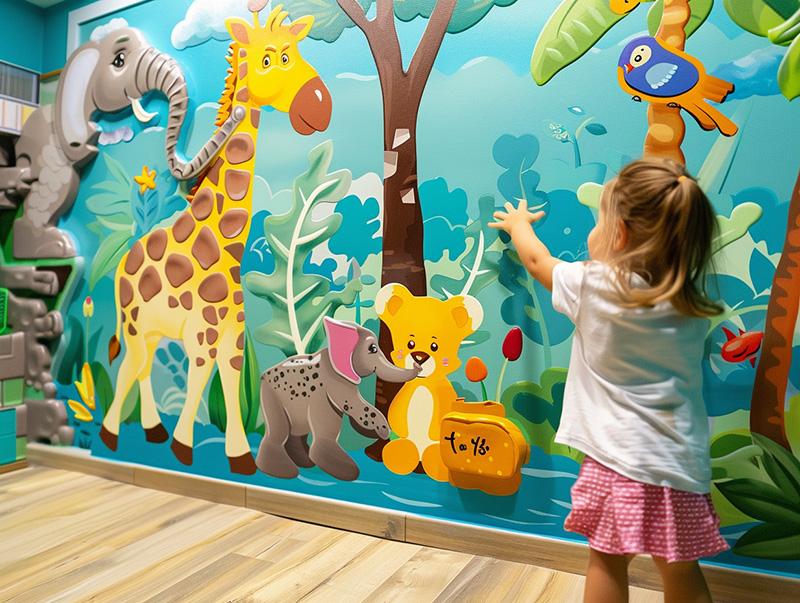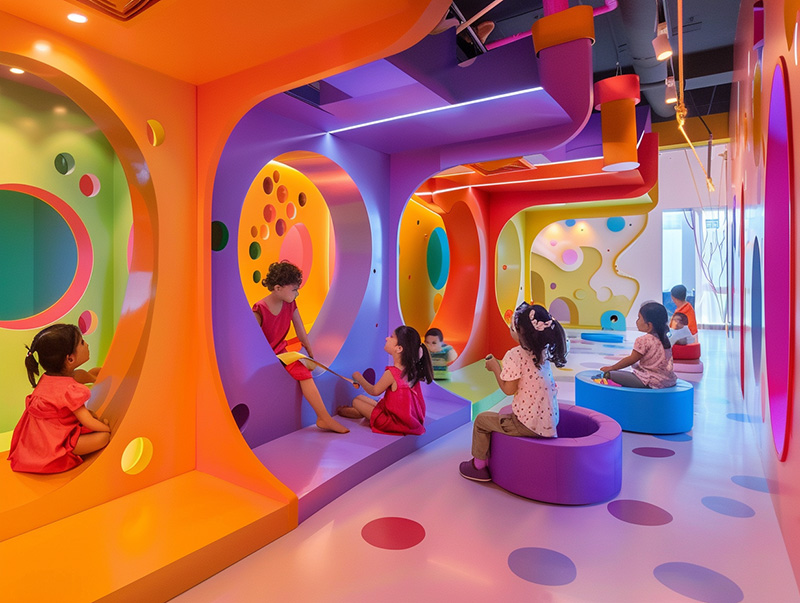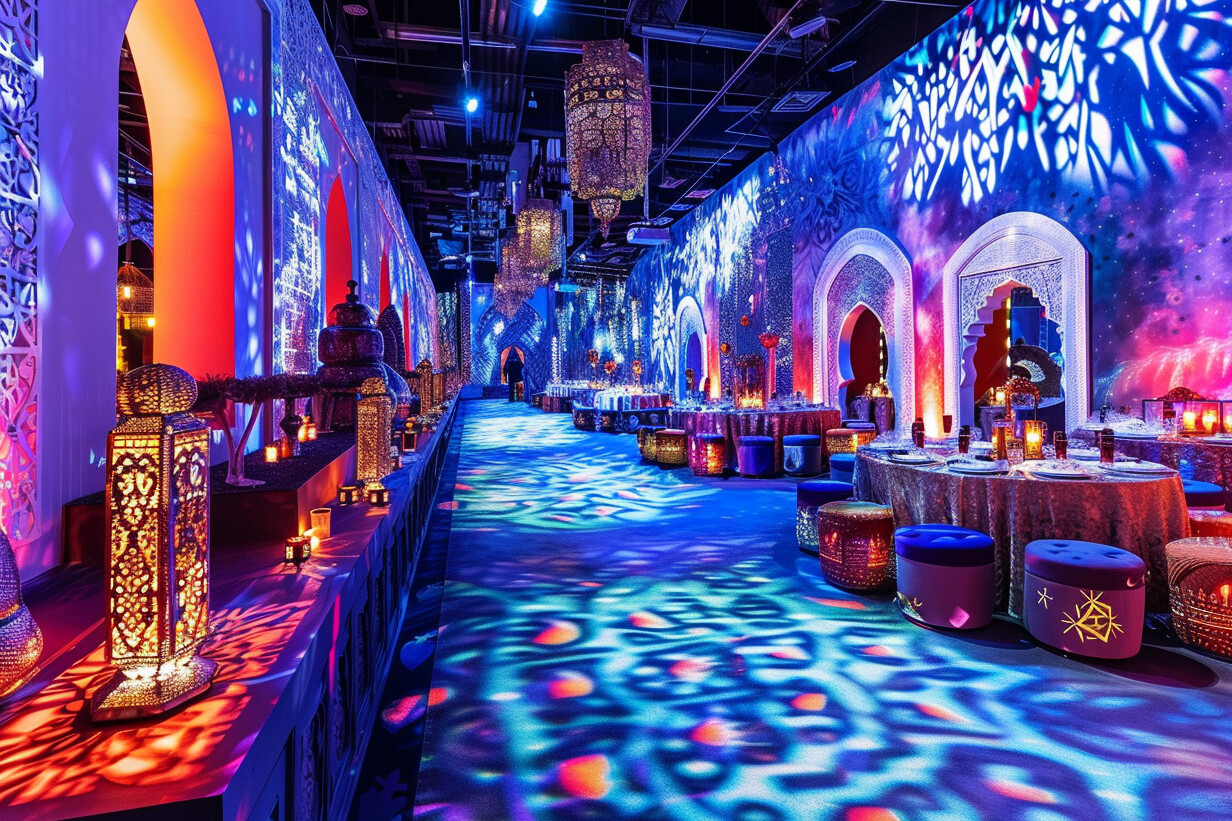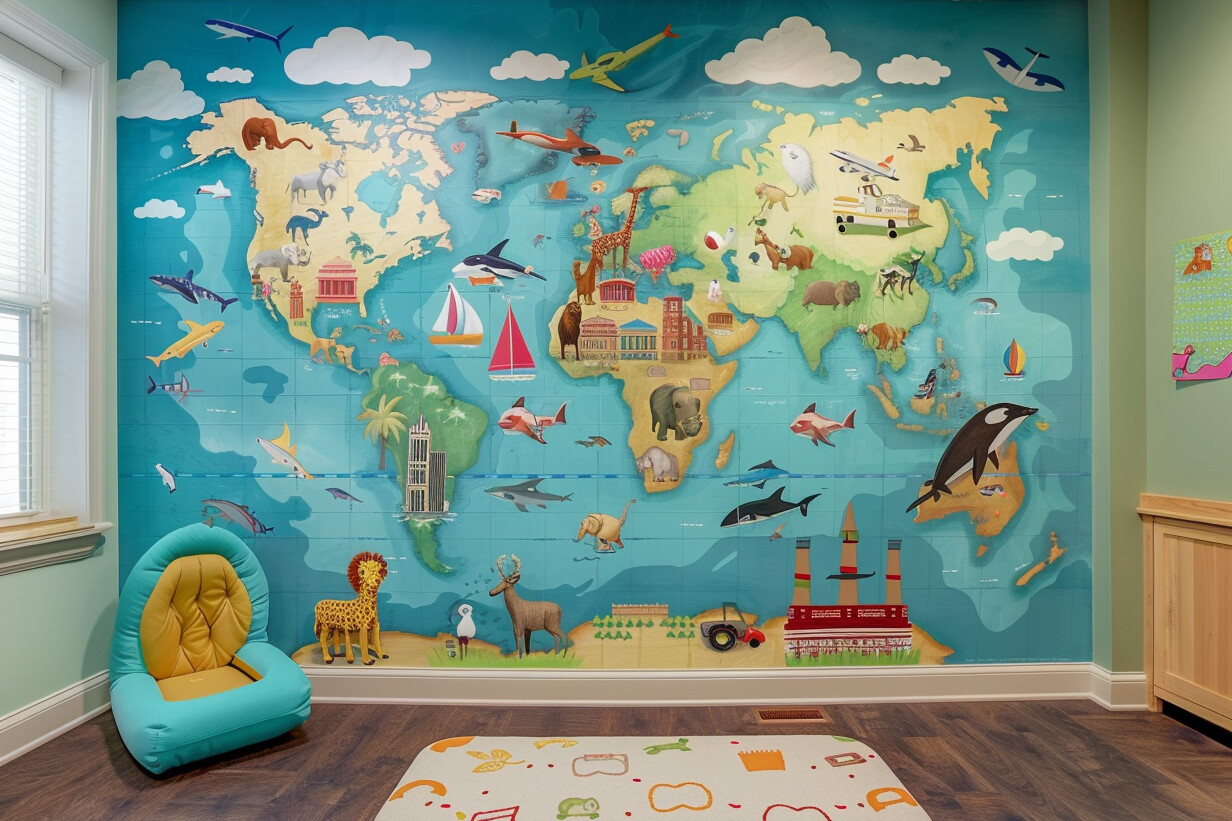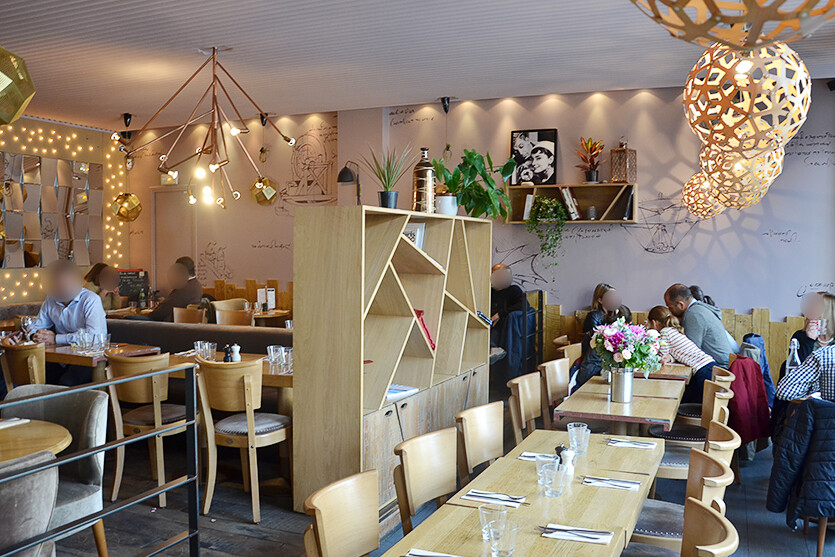Imagine stepping into a nursery where every corner tells a different story, where walls are not just walls but gateways to adventures, and where every color, shape, and texture serves a purpose beyond mere aesthetics. This is the essence of thematic nursery decor – a magical tool that transcends mere ornamentation to become a catalyst for immersive learning experiences. As we delve into the realm of thematic learning, particularly in the bustling city of Dubai, where innovation knows no bounds, we uncover a treasure trove of possibilities waiting to unfold. From stimulating creativity and imagination to fostering cognitive development and enhancing sensory experiences, the benefits of incorporating thematic decor in early childhood education are profound and far-reaching. Join us on a captivating journey as we unravel the secrets behind how thematic nursery decor Dubai is revolutionizing the way we approach education for our little ones, paving the way for a future where learning knows no bounds.
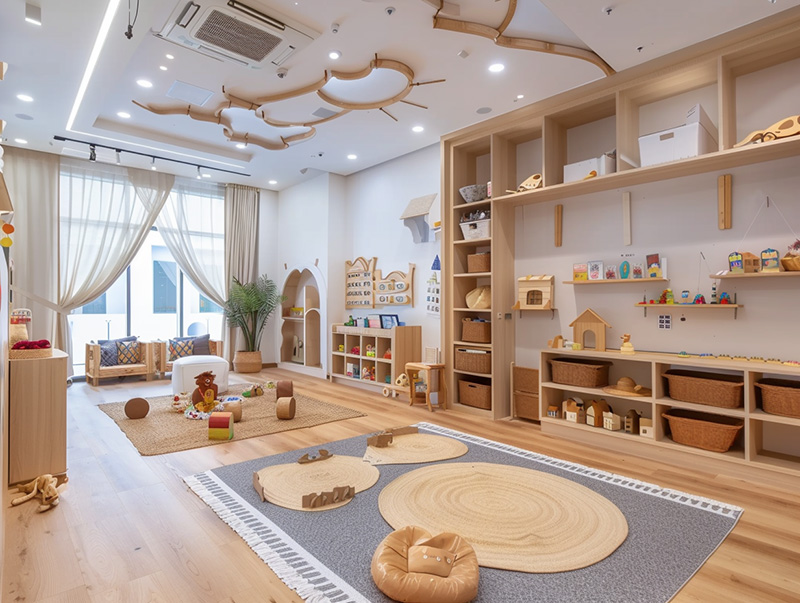 Enhancing Creativity and Imagination through Thematic Decor
Enhancing Creativity and Imagination through Thematic Decor
Thematic decor in nurseries has the remarkable ability to enhance creativity and imagination in young children. By creating an environment that is visually stimulating and immersive, children are encouraged to explore their imaginations and engage in imaginative play. The use of thematic decor, such as vibrant wall murals, interactive play areas, and themed furniture, provides a backdrop for storytelling and role-playing activities.
When children are surrounded by a themed environment, their minds are sparked with curiosity and wonder. They begin to envision themselves as characters in the stories they hear or create, allowing their imaginations to soar. This type of imaginative play not only fosters creativity but also helps develop important cognitive skills such as problem-solving, critical thinking, and communication.
Thematic decor also offers endless opportunities for open-ended play. With carefully curated props and materials that align with the chosen theme, children can engage in hands-on activities that promote exploration and experimentation. Whether it’s building a castle with blocks or creating a pretend market with toy fruits and vegetables, thematic decor encourages children to think outside the box and come up with unique solutions.
Cognitive Development: The Impact of Thematic Design
The impact of thematic design on cognitive development cannot be overstated. When children are exposed to a variety of themes throughout their early years, they develop a broader understanding of the world around them. Each theme presents new concepts, vocabulary words, and ideas for them to explore.
Thematic decor provides a multisensory learning experience that engages all aspects of a child’s cognitive abilities. From observing the colors and patterns on the walls to touching different textures in the sensory corner, children are constantly stimulated both visually and tactilely. This stimulation helps strengthen neural connections in their brains, leading to improved memory, attention span, and overall cognitive functioning.
Furthermore, thematic decor encourages children to make connections between different concepts and ideas. For example, a space-themed nursery may inspire discussions about planets, stars, and space exploration. By incorporating themed books, puzzles, and educational materials into the environment, children are exposed to a wide range of knowledge that they can build upon as they grow.
Engaging Senses: How Thematic Decor Boosts Sensory Experiences
Sensory experiences play a crucial role in early childhood development. Thematic decor provides an opportunity to engage all the senses and create a truly immersive learning environment. From the softness of themed rugs underfoot to the soothing sounds of nature-themed music playing in the background, every element is carefully designed to stimulate the senses.
Thematic decor also allows for hands-on exploration of different textures and materials. A jungle-themed nursery may have plush animal toys for children to touch and feel or a sensory table filled with sand and small jungle-themed objects for them to discover. These sensory experiences not only provide enjoyment but also help develop fine motor skills and hand-eye coordination.
In addition to tactile stimulation, thematic decor can also incorporate visual elements that enhance sensory experiences. Bright colors, contrasting patterns, and visually stimulating wall art can capture children’s attention and spark their curiosity. This visual stimulation promotes visual tracking skills as well as visual discrimination abilities.
Creating a Stimulating Learning Environment with Themes
A stimulating learning environment is essential for early childhood education. Thematic decor plays a vital role in creating such an environment by providing a visually appealing backdrop that captures children’s interest and motivates them to learn.
Thematic decor can be used strategically to support specific learning objectives or themes being taught in the classroom. For example, if the theme for the month is « under the sea, » the classroom can be transformed into an underwater wonderland with ocean-themed decorations, books about marine life, and hands-on activities related to sea creatures. This immersive environment not only makes learning more enjoyable but also helps children make connections between what they see in the classroom and real-life experiences.
Furthermore, thematic decor can help create a sense of structure and routine in the classroom. By using consistent themes throughout different areas of the nursery or classroom, children develop a sense of familiarity and predictability. This sense of structure provides a safe and secure learning environment where children feel comfortable exploring new ideas and taking risks.
Encouraging Exploration and Curiosity in Early Childhood Education
Thematic decor is a powerful tool for encouraging exploration and curiosity in early childhood education. By creating an environment that is rich in opportunities for discovery, children are motivated to actively engage with their surroundings.
Thematic decor can be used to set up themed learning centers or activity stations that invite children to explore different concepts through play. For example, a science-themed corner may have magnifying glasses, test tubes, and various materials for conducting simple experiments. This hands-on approach to learning fosters a sense of curiosity as children ask questions, make predictions, and seek answers through their own investigations.
In addition to promoting exploration within specific themes, thematic decor also encourages children to be curious about the world around them. By exposing them to diverse themes such as different cultures, nature, or historical events, children develop an appreciation for diversity and gain a broader perspective on life.
Implementing Thematic Decor to Support Language Development
Thematic decor can play a significant role in supporting language development in early childhood education. By immersing children in an environment where language is integrated into every aspect of their surroundings, they are exposed to a rich vocabulary and language patterns.
Thematic decor can include labels, signs, and posters that display words related to the chosen theme. For example, a farm-themed nursery may have labels on different farm animals or vegetables. This exposure to print-rich environments helps children develop early literacy skills such as letter recognition and word association.
In addition to written language, thematic decor can also incorporate storytelling and dramatic play. By creating themed reading corners or puppet theaters, children are encouraged to engage in imaginative play and retell stories they have heard or create their own narratives. This type of language-rich play promotes oral language development, vocabulary expansion, and storytelling abilities.
Overall, the benefits of incorporating thematic decor in early childhood education are vast. From enhancing creativity and imagination to fostering cognitive development and supporting language acquisition, thematic decor creates an immersive learning environment that engages all the senses. By embracing the power of thematic nursery decor Dubai, we can revolutionize early childhood education and pave the way for a future where learning knows no bounds.
Related Posts
26 avril 2024
Creating Immersive Experiences with Themed Event Decor
Entering a space where time seems to…
13 avril 2024
Learning and Decor: Educational Themes for Inquisitive Minds
This blog post delves into the…
17 mai 2023
Enhancing Dining Experiences: The Art of Wall Decoration in Dubai
In a highly competitive restaurant…
